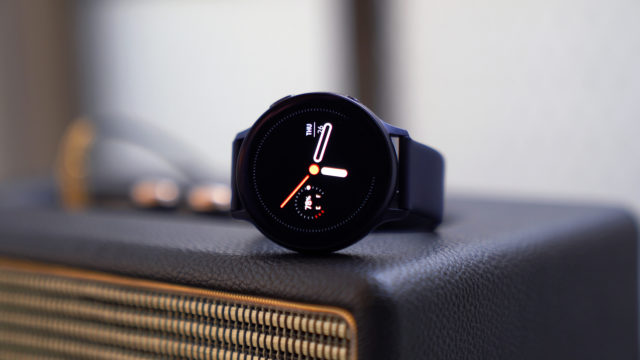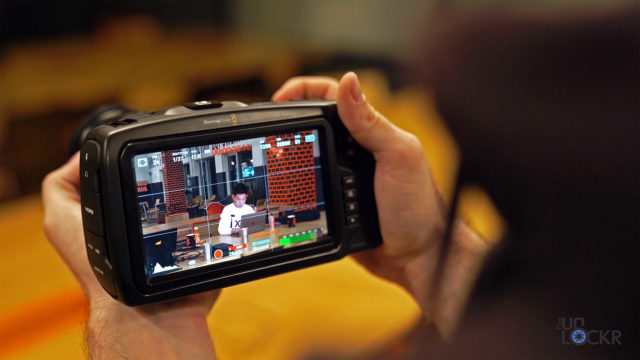Google Glass 2.0 Complete Walkthrough (Video)
A lot of people have asked me about Google Glass and, more specifically, how they work, what they do, etc. Figured I’d do a quick video walkthrough using the Screencast feature of the MyGlass app to show you the basic gist of how Glass works and it’s super simple UI.
I. MyGlass App
Before we discuss Glass, we need to first quickly explain the MyGlass app. This app is available for iOS and Android and is required for Glass to function properly. Glass uses this app via Bluetooth to connect to the internet, access various other things on your device (notifications, etc.), and can be used to initially setup the device. After the device is paired with Glass, you can open the MyGlass app and setup your favorite contacts. These contacts are going to appear throughout the interface as the first picks for people you may want to interact with (i.e. send texts to, share images with, video call, etc.) so it’s important to set them up initially.
After that, you can explore the MyGlass app to search for and install various other apps for Glass (called Glassware) by selecting Glassware from the menu and then simply switching the toggle to On on any app you want installed. Glass will then automatically grab that app over the data connection and install it. Another great feature of the MyGlass app is the ability to share your Glass screen onto the device (which I used to show you what was happening on the Glass in the video). This can be really handy when, inevitably, someone asks to try them out and you need to explain to them what it is they are looking at.
II. Google Glass Timeline
Google glass’s main interface is structured as a line with “cards” on it essentially. The “home screen” is the screen with the time and the words “Ok, Glass” on it. Everything to the right of this home screen are events that have happened in the past. From, text message conversations, to pictures, to notifications, etc. The further right you go, the further back into the past you go. Every time you do something (take a picture, send a text, etc.) it adds a new card directly behind the home screen and pushes all of the other cards further out to the right. To the left of the home screen is everything that is happening now. This includes the weather report and all Google Now cards (and even when apps are installing those show up here briefly before being pushed to the right of the home screen once the app finishes installing).
If you swipe far enough to the left, you get the Settings card, indicating you’ve reached the end of the timeline in this direction. That is basically the entire main UI, with apps and actions acting as separate apps that take over the screen and are swiped down to dismiss them and return to this main timeline (swiping down another time actually swipes away the timeline and puts the device into standby mode).
III. Google Glass Actions
Glass has a number of, what I like to call, actions built in that you can perform either by tapping or by using your voice. Included on the device is the ability to:
- Google something and receive results or answers based on that.
- Take a picture of what you are currently looking at (and send it to someone).
- Record a video of what you are currently looking at.
- Get directions and navigate to a location.
- Message someone in your contacts.
- Call someone in your contacts.
- Video call someone in your contacts using Hangouts.
In addition to these, whenever you add new Glassware the new app can add actions to this list (i.e. Show compass) which will be available in the main actions menu and by voice command as well.



